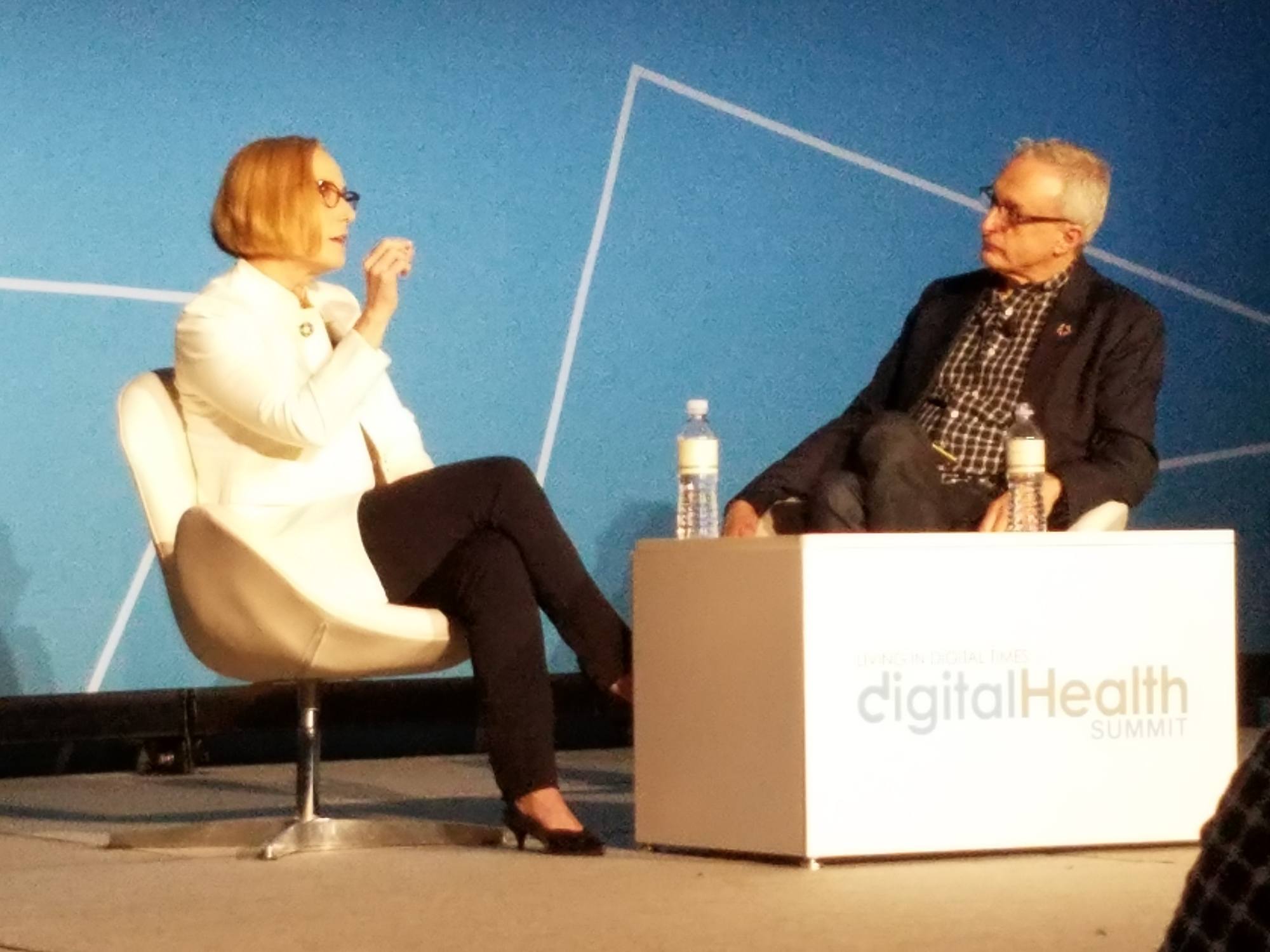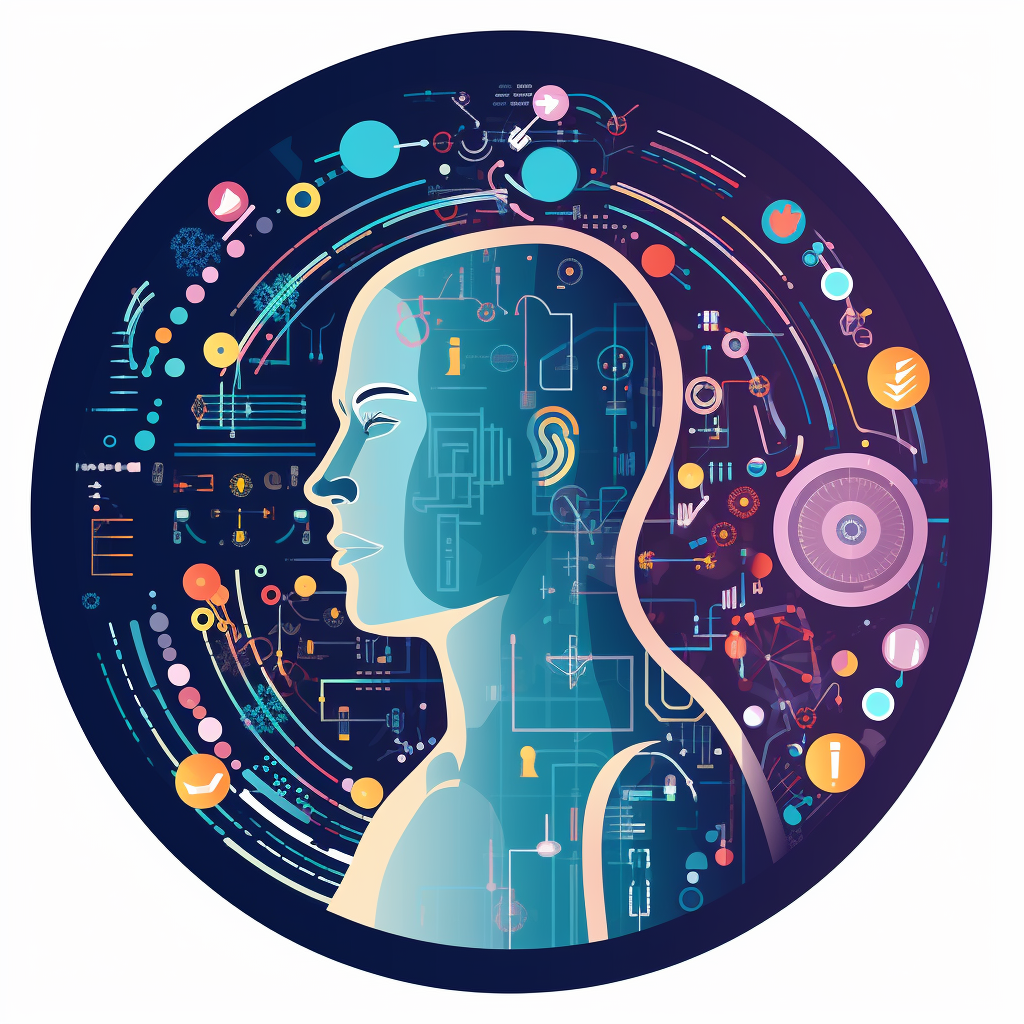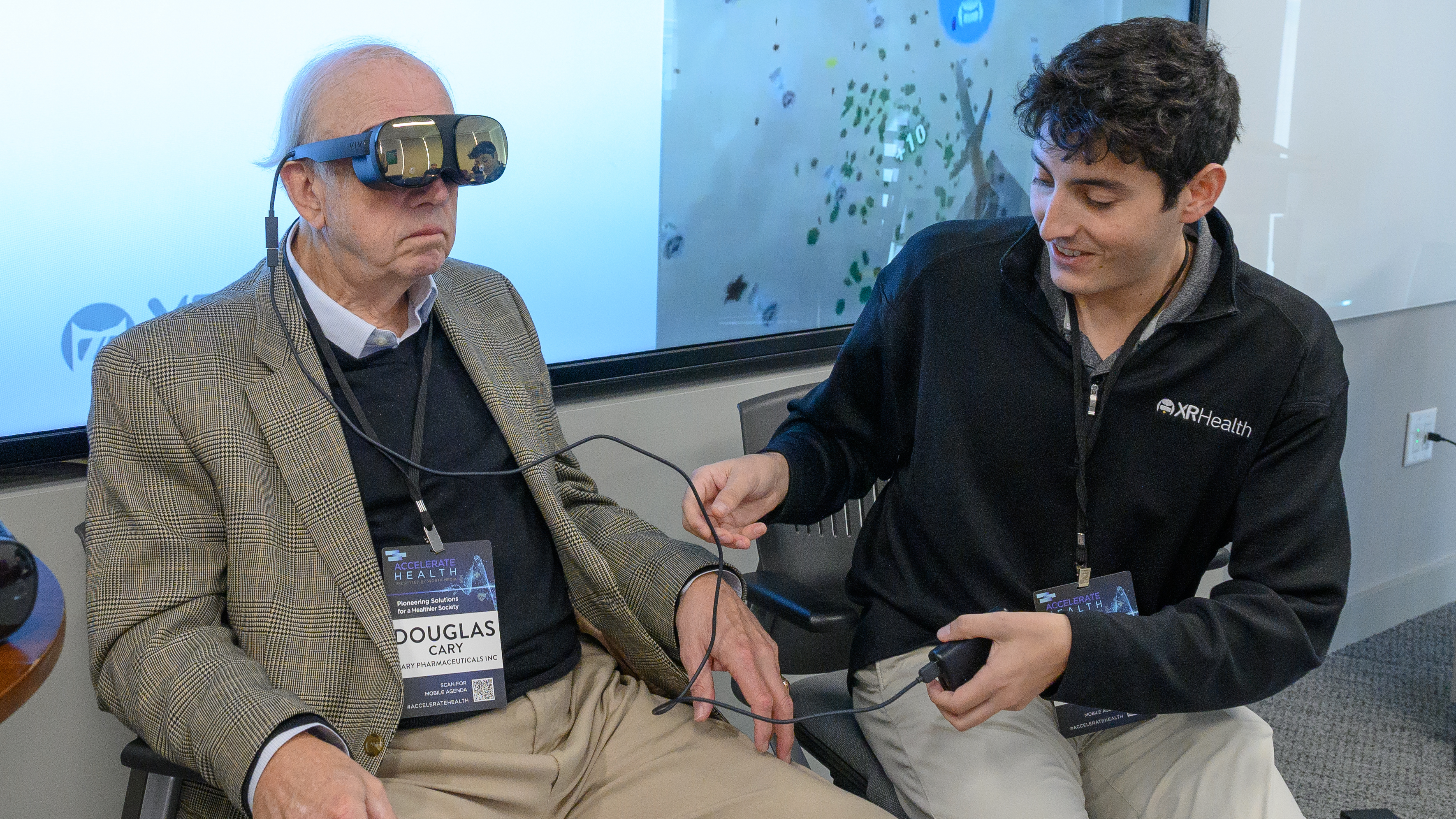 The Digital Health Summit stands as an oasis of substance among the hype of the CES show floor in Las Vegas. This year, the Summit’s speakers and panels largely focused on how technology can augment the mind-body connection, driving a range of advancements from consumer-oriented wearables that can enhance sports performance to breakthroughs in treating neurological disorders to offering alternatives to pharmaceuticals for pain reduction.
The Digital Health Summit stands as an oasis of substance among the hype of the CES show floor in Las Vegas. This year, the Summit’s speakers and panels largely focused on how technology can augment the mind-body connection, driving a range of advancements from consumer-oriented wearables that can enhance sports performance to breakthroughs in treating neurological disorders to offering alternatives to pharmaceuticals for pain reduction.
While the two-day Summit painted a promising picture, it also highlighted the cultural, structural, and behavioral barriers to achieving a vision for digital healthcare, an industry still dependent on the fax machine.
“We’re still in the very early days in the industry,” said Marc Leibowitz, Global Head of Health Technology at Johnson & Johnson. “We are trying to move away from products to a whole health approach to help consumers manage their health. How you keep people from being sick in the first place is a disruptive idea to an industry focused on treating sick people.”
A panel Wednesday on the opioid crisis made the case for a different approach and highlighted the complexity of getting there. Roughly a quarter of people who are prescribed opioid pain relievers will abuse them. As a result, there were 52,000 opioid-related deaths last year alone; half of adults in the United States are one degree of separation from somebody affected by the crises. Technology offers alternatives to drugs for pain through new protocols, including therapeutic virtual reality being tested in Cedars-Sinai health system, in Los Angeles.
“When it works,” said Dr. Brennan Spiegel, director of health services research there, “It absolutely works.”
The issue, however, is to change the behavior of millions of prescribers, said Dr. Richard Migliori, Chief Medical Officer at UnitedHealth Group. “Opioids are very effective in pain relief,” he said. “Doctors are driven by compassion but technology is now imperative.”
The question of how technology can sit in the middle of the doctor patient relationship was a persistent theme throughout the two-day summit.
Sandra Peterson, Group Worldwide Chair of Johnson & Johnson, said that it is a mistake to disrupt the system by cutting out health care professionals. “We keep them in the mix,” she said. “That’s the great advantage of who we are. We understand consumers and patients. We understand what happens at the hospital and with doctors. And we understand the science.”

Peterson, who was interviewed Thursday by Techonomy CEO David Kirkpatrick, said technology alone is not the answer: “The problem with tech in and of itself is you don’t understand enough about the person and all the things connected to that person,” she said. “We need to understand what’s an intrinsic motivator of a person. It’s your mental and emotional as well as physical state that has an impact on your health.”
Speaking separately, Chris Van Hoof, director of wearable health solutions at R&D facility imec, made a similar point: “We are the problem,” he said. “We are all unique. We need unique, personalized apps that give the right feedback in the right tone at the right time.”
In the U.S., he said, 50 percent of the population suffers from a chronic disease — many of which can be moderated with behavior change. Van Hoof shared studies that show hyper-personalized apps effectively helping to modulate stress, for example, and said the same could be applied to eating disorders and helping people to stop smoking.
“An app a day, can keep the doctor away,” he said.
Like its counterparts in the broader CES, digital medicine is deploying a range of technologies, including voice, connected devices, and big data and AI. Speakers showed impressive results across a wide range of applications, including digital games that can help Alzheimer’s patients, wearables that help autistic children read facial expressions to better understand emotions, smart gloves that use bio-feedback to help stroke victims with their recovery, and, yes, blockchain was in the mix, although with large dollops of expectation management.
“It’s not about gadgets,” J&J’s Peterson said. “The massive breakthroughs in the last 10 years about the science of disease requires the computational power, machine learning, visual processing, and other leading technology. Our R&D efforts bring together science and tech.”
Johnson & Johnson, more than 130 years old and still one of the world’s biggest companies, has global reach across the entire healthcare system, from consumer-facing products to the inner workings of hospitals to pharmaceuticals. That breadth provides the company with insights that inform each of its divisions, Peterson said.
As with consumer apps, digital medicine is driven by empowered consumers. Anand Iyer, Chief Strategy Officer of WellDoc, spoke passionately in Wednesday’s keynote about how machine intelligence and big data can help patients manage diabetes.
“It’s not to replace physicians,” he said. “It’s a value multiplier. Let the patient and the provider stand on technology’s shoulders. What’s the magic ingredient? The engaged patient.”
And while most panelists spoke with conviction about empowering the health care consumer, many also acknowledged that the industry is difficult to navigate, at best.

Down on the CES show floors, many of the same technologies discussed at the health summit were on display largely in service of making our homes, cars, clothes, offices, patio furniture, bicycles, mirrors, beds, pillows, and everything else smarter — although if Wednesday’s brief blackout in the CES hall is any indicator, maybe not just yet. (Friend of Techonomy Ina Fried is keeping a rundown of the biggest CES announcements on Axios.)
Upstairs at the Health Summit, the perspective was more earnest.
“We take a very long-term view,” J&J’s Peterson said. “It enables us to think about how we can truly change the trajectory of human health.”
——————————————————————————————————————————————————————Editor’s note: Our coverage of CES is sponsored by Johnson & Johnson.
CES Health Summit: Digital Health to Put Power in Patients’ Hands
While the Digital Health Summit at CES painted a promising picture for digital medicine, it also highlighted the cultural, structural and behavioral barriers to achieving the vision. Our coverage is sponsored by Johnson & Johnson.

Sandra Peterson







